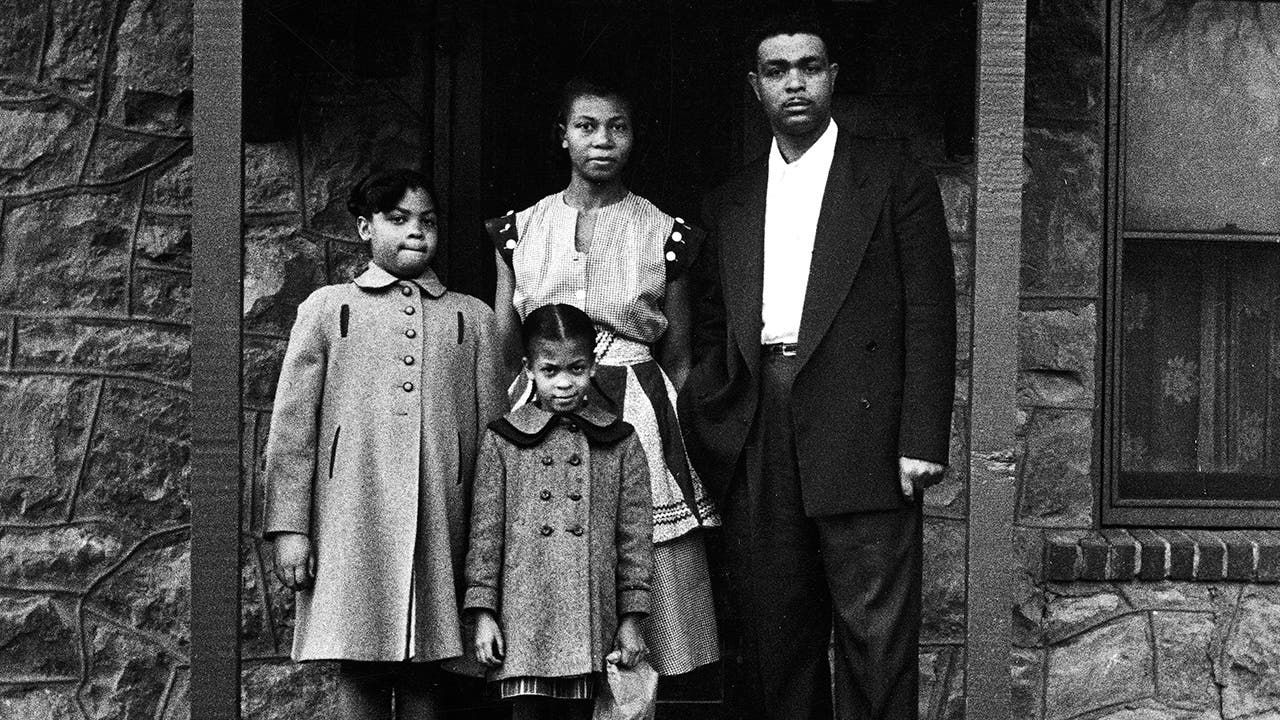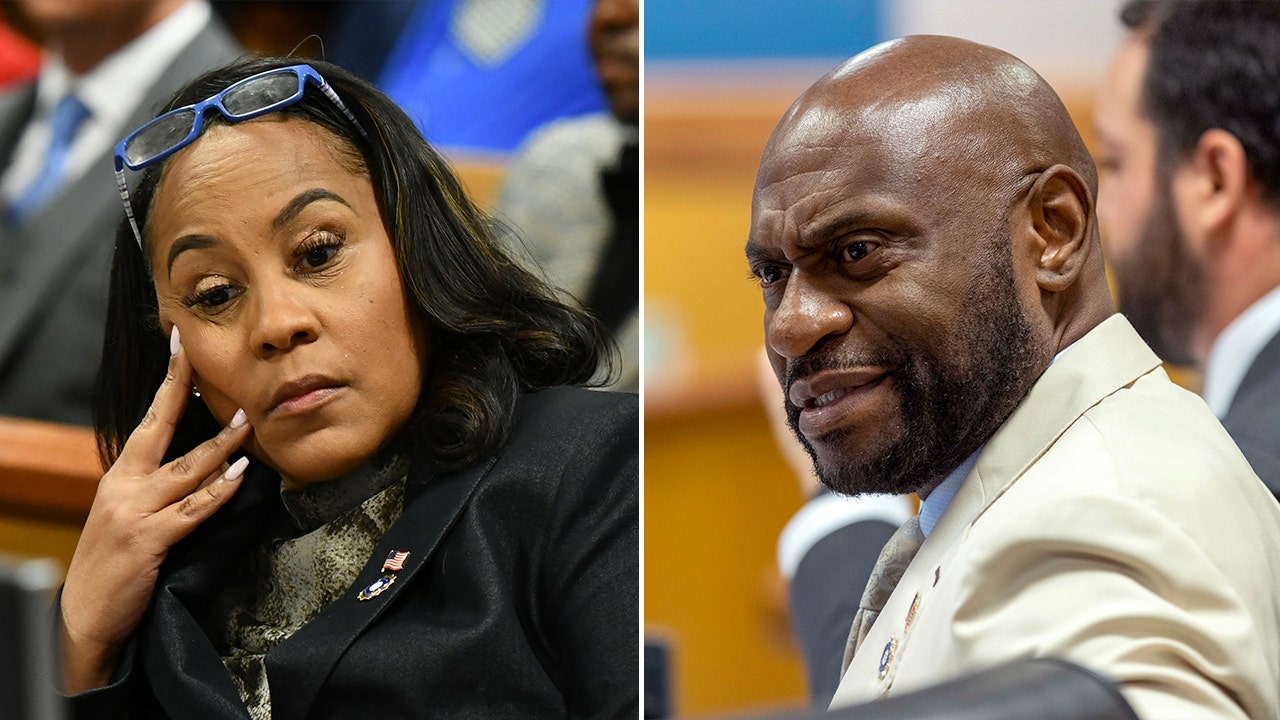Racial segregation in public schools and the controversial concept of “separate but equal” were unanimously declared unconstitutional by the United States Supreme Court on this day in history, May 17, 1954.
The high court ruled 9-0 in favor of the plaintiffs in the landmark case of Brown v. Board of Education of Topeka, Kansas.
“May 17, 1954, was a great day, many would say the greatest day, in the history of that institution,” said then-Supreme Court Justice Stephen Breyer in Topeka in 2004, celebrating the 50th anniversary of the decision. .
ON THIS DAY IN HISTORY, MAY 16, 1986, TOM CRUISE'S COLD WAR BLOCKBUSTER 'TOP GUN' CROSSES THE SILVER SCREEN
“Before May 17, 1954, the Court read the Constitution's words 'equal protection of the laws,' as if they protected only members of the majority race. After May 17, 1954, it read those words as the Post-Civil War drafters meant that they offered equal protection to citizens of all races.”
The case pitted lead plaintiff Oliver Brown against the Topeka school board.
Linda Brown (far left) with her parents Leola and Oliver and little sister Terry in front of their home in Kansas. The Browns sued the Kansas Board of Education when young Linda was not allowed to go to a desegregated school. They won the landmark Brown v. Board of Education case before the Supreme Court in 1954. (Carl Iwasaki/Getty Images)
The African-American father, supported by other parents and the local NAACP chapter, filed suit after his daughter, Linda, was denied attendance at the school closest to her home.
“In the realm of public education, the 'separate but equal' doctrine has no place.”
“Although the ruling applied only to public schools, “Brown v. Board of Education set an important legal precedent and paved the way for future battles against segregation,” wrote the Gilder Lehrman Institute of American History.
The decision overturned the Supreme Court's 1896 ruling in Plessy v. Ferguson that allowed separate but equal public facilities.
That decision allowed local laws that divided schools, restaurants, public bathrooms and other facilities by skin color.
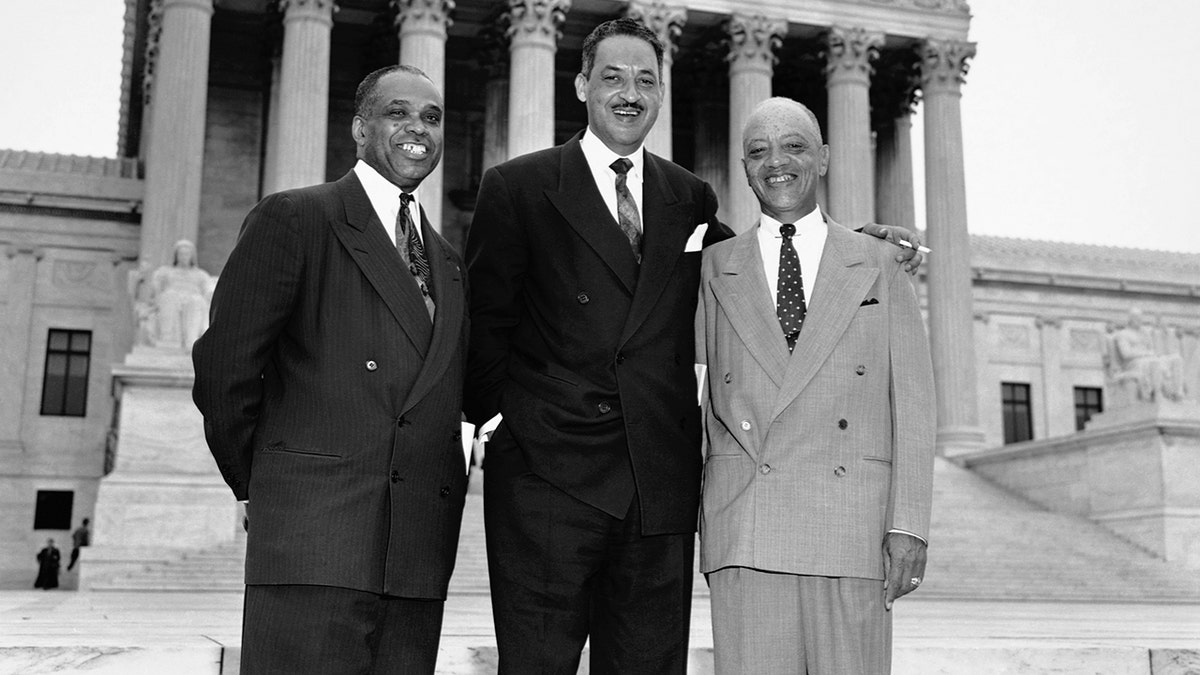
Lawyers who argued the case against segregation stand together smiling in front of the Supreme Court building on May 17, 1954, after the high court ruled that segregation in public schools was unconstitutional. From left to right, George EC Hayes, Washington, DC; Thurgood Marshall, special counsel for the NAACP; and James Nabrit Jr., professor and law attorney at Howard University in Washington, D.C. (Getty Images)
The ruling Brown v. Board, among many other results, marked a victory for attorney Thurgood Marshall, chief legal counsel of the NAACP.
A 100-year-old World War II veteran lives a 'charming life' despite surviving a Great Depression, dust storms and a global war.
“The only thing that can be is an inherent determination that people who were formerly in slavery, regardless of anything else, will be kept as close to that stage as possible,” Marshall told the high court, arguing that “separate but equal “. segregation flouted the rights guaranteed by the 14th Amendment.
“We maintain that now is the time for this Court to make clear that this is not what our Constitution stands for.”
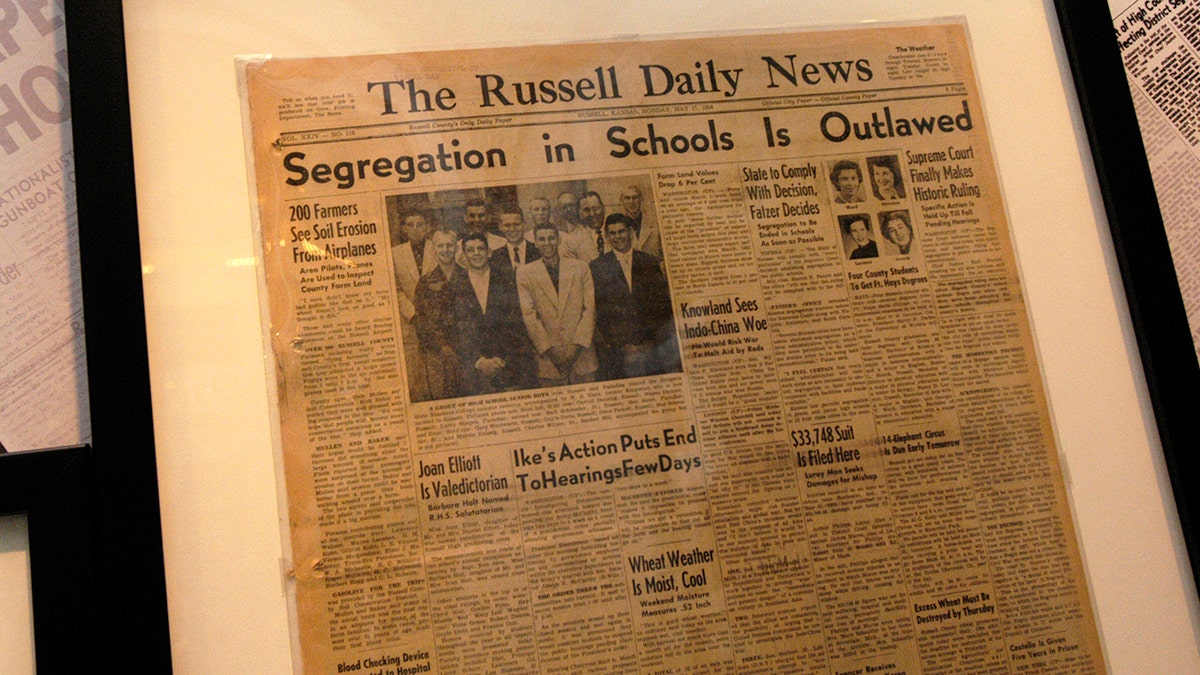
Newspapers with articles about Brown v. Board of Education, part of an exhibit at the Library of Congress, “With an Even Hand,” on the 50th anniversary of the Supreme Court's landmark decision on integration. (Chris Maddaloni/Roll Call/Getty Images)
Marshall parlayed the success of his Brown v. Board arguments into a position on the high court.
“After Brown, Marshall argued many more court cases in support of civil rights,” states US Courts.gov, published by the Federal Administrative Office of the US Courts.
“After Brown, Thurgood Marshall argued many more court cases in support of civil rights.”
“His zeal for ensuring the rights of all citizens regardless of race caught the attention of President John F. Kennedy, who appointed him to the United States Court of Appeals.”
Marshall became attorney general of the United States in 1965 before being named the first African American to serve on the Supreme Court by President Lyndon Johnson in 1967.
He held that position until 1991.
Marshall died in 1993 and is buried at Arlington National Cemetery in Virginia, considered one of the most important figures in the country's legal history.
ON THIS DAY IN HISTORY, FEB. ON DECEMBER 1, 1790, THE SUPREME COURT OF THE UNITED STATES MEETS FOR THE FIRST TIME IN NEW YORK
Brown v. Board resolved the issue of public school segregation in the eyes of the high court. But the battle raged in local communities for years.
Arkansas Democratic Governor Orval Faubus infamously ordered the state National Guard to surround Central High School in Little Rock to prevent nine black students from attending in 1957.
President Dwight Eisenhower responded by sending the US Army's 101st Airborne to Little Rock to ensure that the Supreme Court's ruling against school segregation was upheld.
CLICK HERE TO SUBSCRIBE TO OUR LIFESTYLE NEWSLETTER
Alabama Governor George Wallace famously held a “school gate rally” at the University of Alabama in 1963 to express his opposition to the desegregation of the public institution, even though the school had been integrated seven years before.
Wallace then sought the Democratic nomination for president three times, in 1964, 1972, and 1976, and as an independent candidate in 1968, running on a segregationist platform.
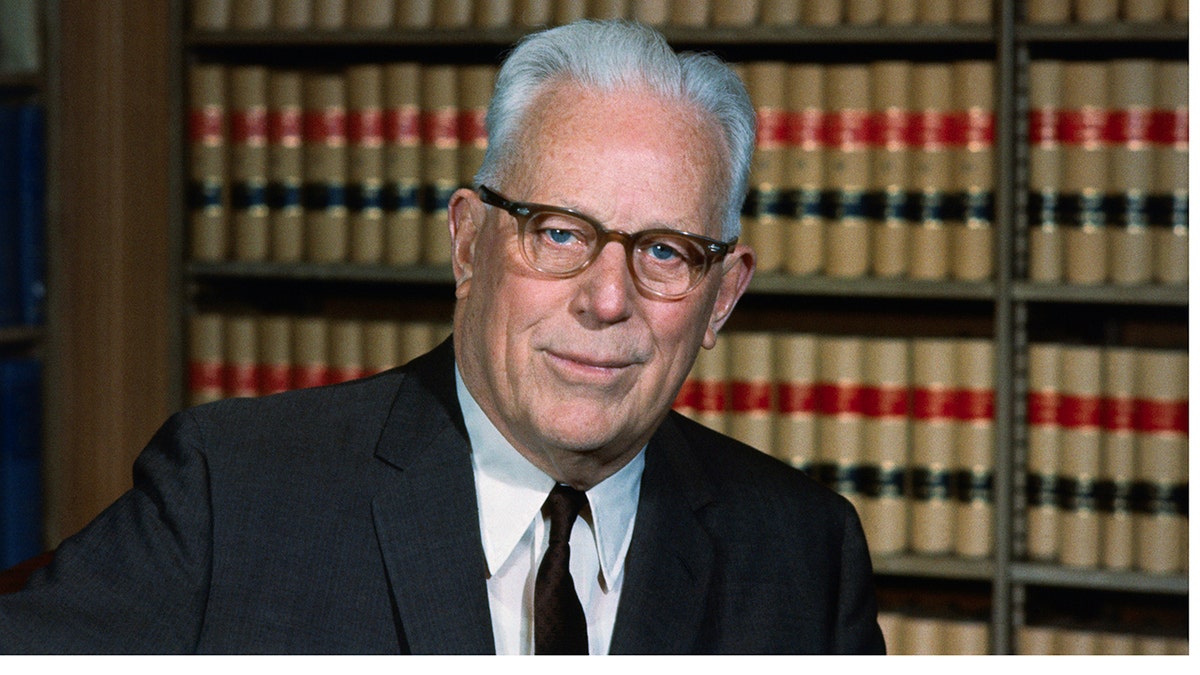
Chief Justice Earl Warren oversaw the high court's 9-0 decision in Brown v. Board of Education in 1954, which declared segregation in public schools unconstitutional. (Getty Images)
School segregation remains a challenge in today's society, both due to economic and social factors and a recent movement to re-segregate education in the name of social justice.
“School segregation has increased over the past 30 years, especially in the 100 largest districts that enroll about 40% of the nation's K-12 population,” Education Week noted in an online report ago. two years.
Major institutions such as Harvard University and the University of Chicago have held segregated graduation ceremonies, while some educators push for segregated classes, housing and higher education programs.
CONSERVATIVE COLLEGE GRAD WHO LEFT MERRICK GARLAND'S HOME ADDRESS 'WOULD DO IT AGAIN'
A recent article in The New England Journal of Medicine argued in favor of segregated medical schools.
These efforts “deserve to be denounced,” activist Kenny Xu told “Fox & Friends” last year.
Despite recent trends, the 1954 Supreme Court ruling in Brown v. Board of Education that declared racial segregation unconstitutional remains the law of the land.
CLICK HERE TO GET THE FOX NEWS APP
“In the field of public education, the 'separate but equal' doctrine has no place,” Chief Justice Earl Warren said in explaining the Supreme Court's unanimous decision.
“Separate educational facilities are inherently unequal.”
For more lifestyle articles, visit www.foxnews.com/lifestyle.

